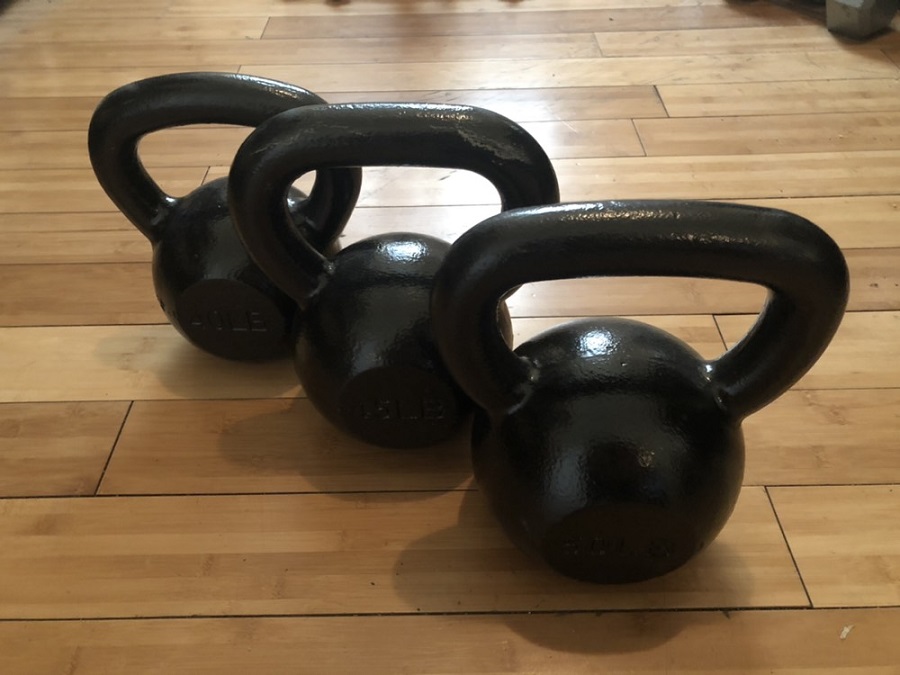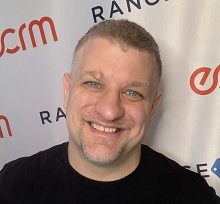Speaking the Language of Today's Wellness Consumer 1/4/2019
 Over the past few years we’ve all seen the impact of wellness on how customers shop. They are looking for cleaner and more functional ingredients, more organic foods, and even watching what HBC products they are putting on their face and skin.
Over the past few years we’ve all seen the impact of wellness on how customers shop. They are looking for cleaner and more functional ingredients, more organic foods, and even watching what HBC products they are putting on their face and skin.
But we’re reached a tipping point where wellness is no longer a trend – it’s quickly becoming the norm. Consumers are eating better, exercising, and are getting more and better sleep. And while getting into better shape is a part of this, they are also taking better care of themselves as a way to enhance their performance and their lifestyle. They are seeking more energy – whether for work or for at home playing with their kids, more mental focus and clarity, longevity, and an overall sense of well-being.
Indeed, just among my close friends and colleagues, I’ve seen one lose 50 pounds on a keto diet this year, one hit his third year on a strict vegan diet, and another lost 25 pounds on a 16:8 intermittent fast (I’m currently on this program with a goal of losing 25 pounds over the next few months, as well). And almost everyone I know regularly exercises. Indeed, these days, if you are not into wellness and optimizing your performance, it seems like you are the outlier.
A key driver in this shift is the large focus on wellness and performance optimization in popular mainstream media, such as books, blogs, videos, and especially podcasts. These consumers are closely following the likes of Joe Rogan, Tim Ferriss, David Asprey, Jocko Willink, and Aubrey Marcus, each of which dive heavily into these areas, and on their podcasts and videos interview tons of experts on health, wellness and performance. Each of these podcasters has a huge influence over their followers, and a reach of many millions of people combined.
To best engage these consumers, a mere calling out of ingredients and functional benefits is not going to cut it anymore – as everyone is already doing it. You need to learn to speak their language. Can you recommend foods that will keep someone on a 16:8 intermittent fast satiated for the 16 hours of not eating? (Or which foods are ideal for breaking a fast). Can you recommend the best way to add more healthy fats to their meals for a keto diet? Do you know why a little sea salt in a glass of water in the morning is a great way to start your day? Can you explain the warning signs of a sham supplement company? These are the types of things these podcasters and bloggers discuss with their audiences, and because of this, these consumers are often better-educated on wellness than the retailers and brands marketing to them. So if you want to earn their trust , you need to be able to connect with them on their level, and know what you are talking about. And if you happen to follow these podcasters as well, they will view you as an "insider" -- part of the club.
Here are some links to a few of the more popular podcasts, and there are tons more on all sorts of wellness topics that you can find:
So, open up your podcast app and delve into some of these conversations on your drive to work. Read some of their books or blogs instead of binge-watching a series on Netflix. Get into the game so that you can join in on the conversation!
And if you are a retailer, foodservice operator, or supplier dealing with wellness products, you'll find lots of opportunities to grow your category and business, both at ECRM sessions, as well as on RangeMe.


